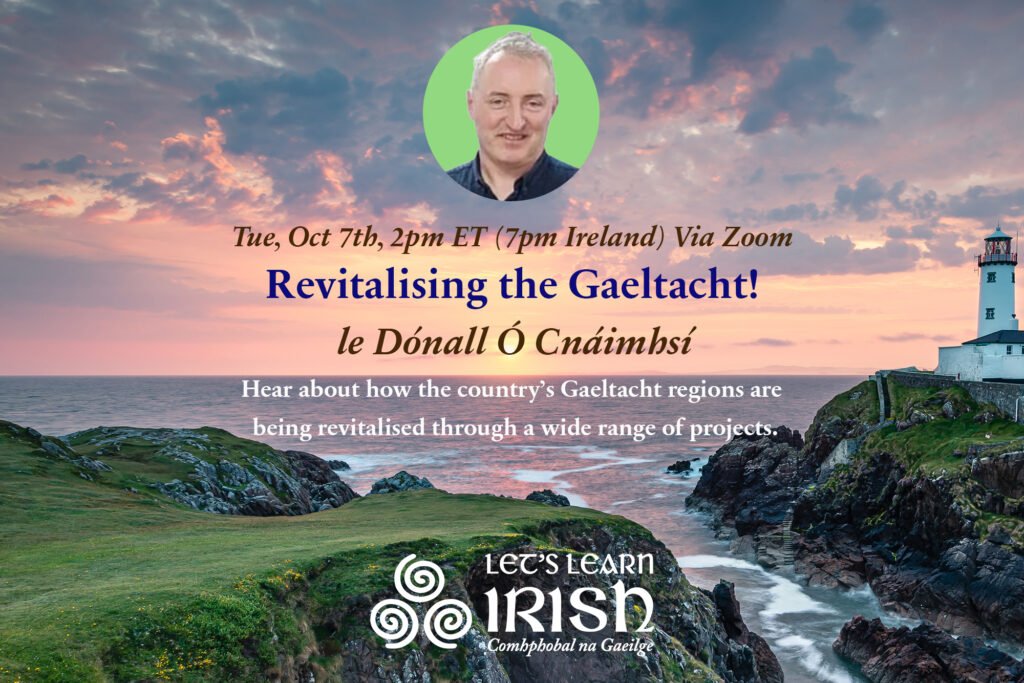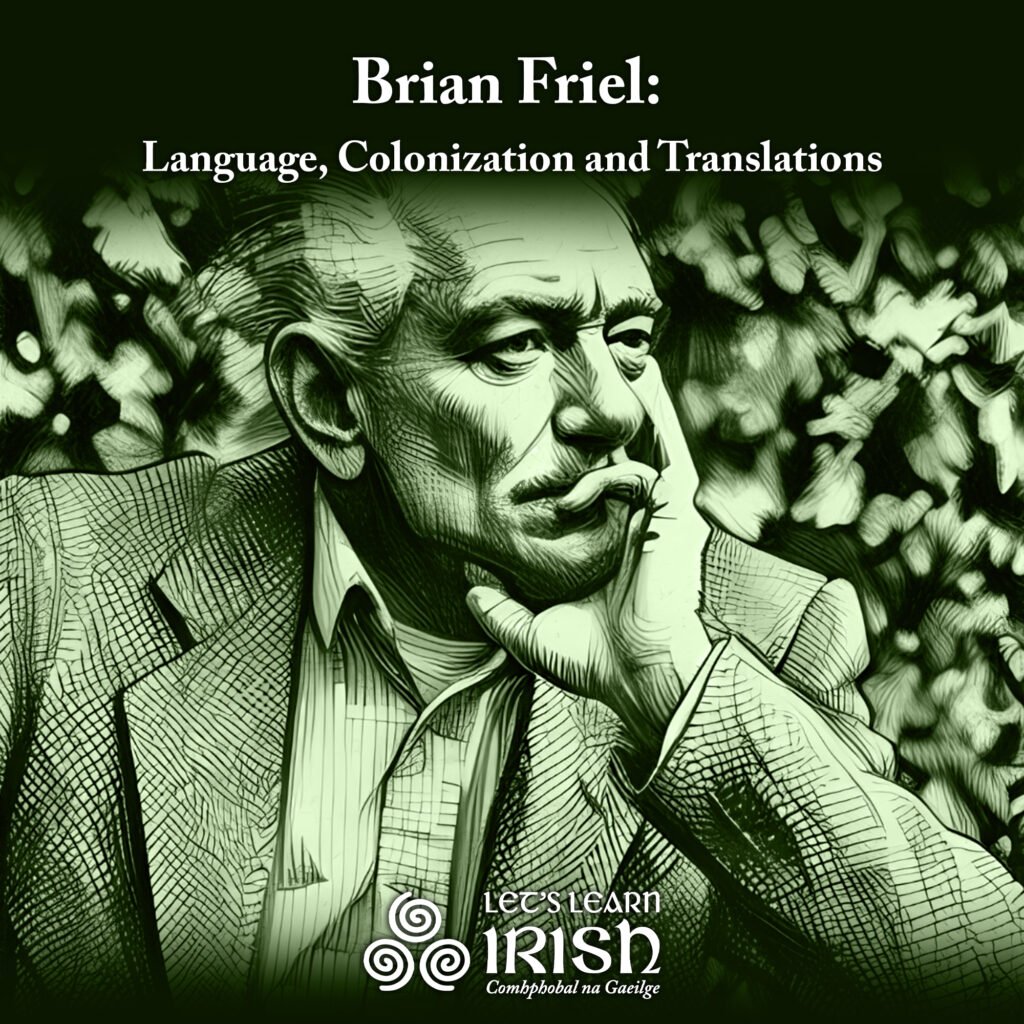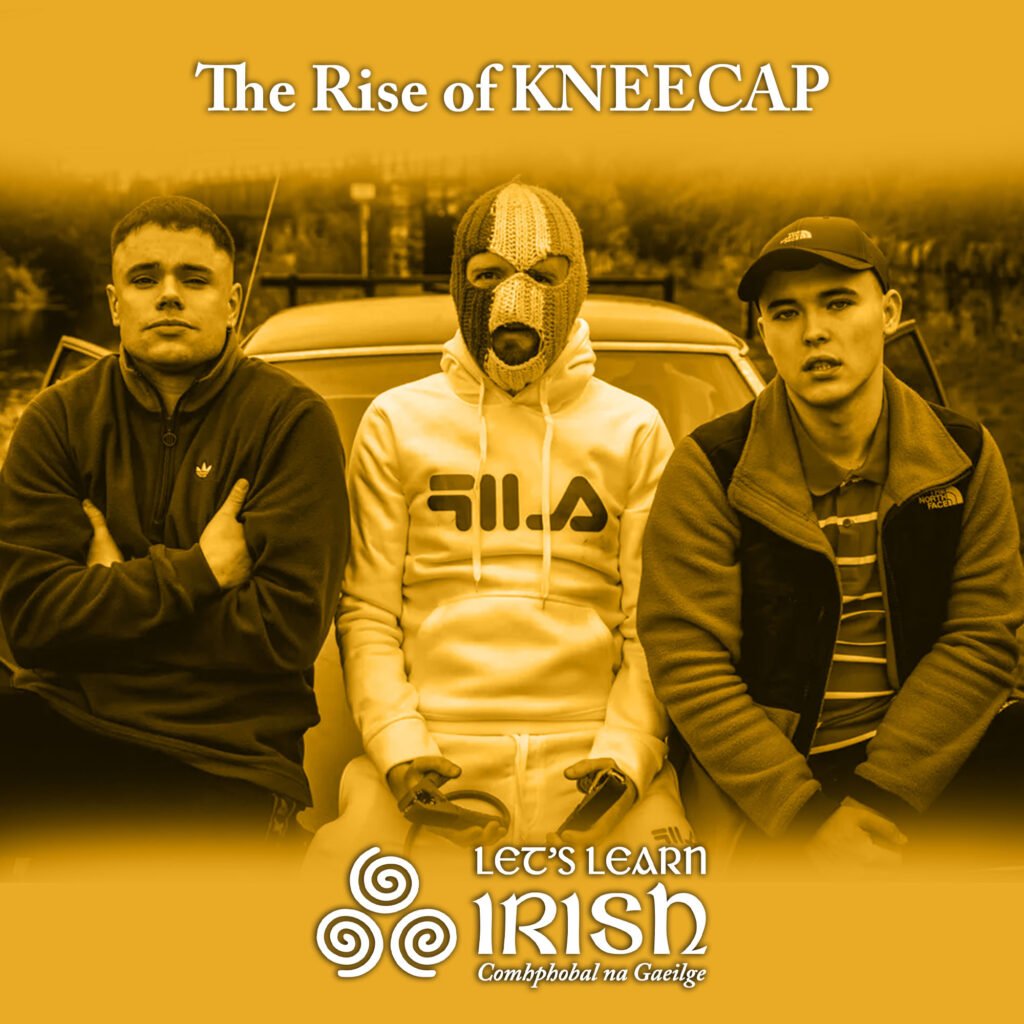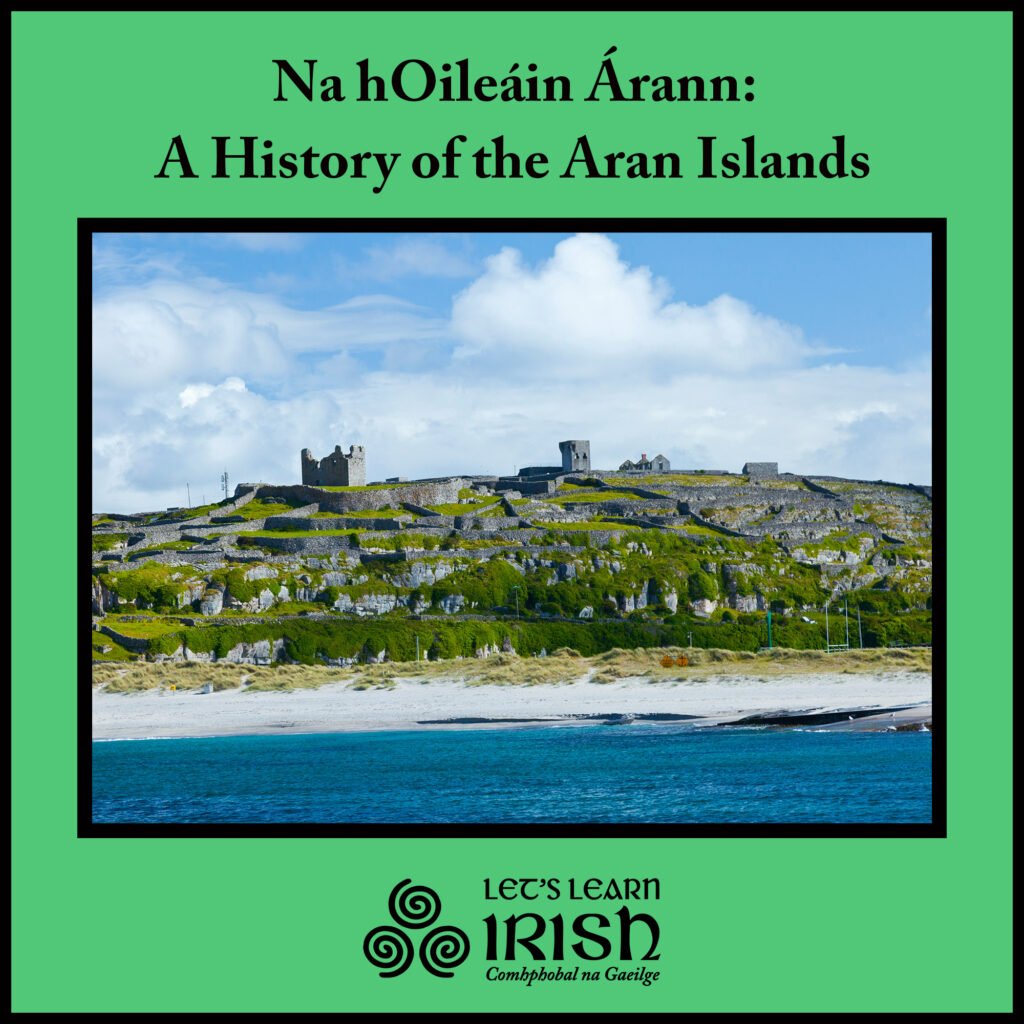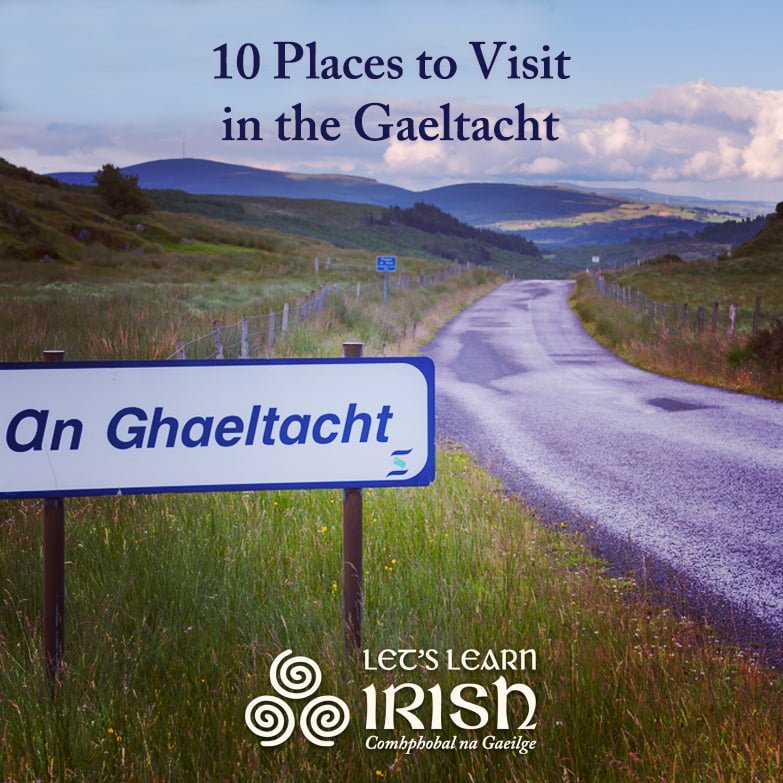The Language Planning Process – Revitalising the Gaeltacht
What are Language Planning Areas (LPAs)?

The Gaeltacht Act was enacted by the Irish Government in 2012. This act redefined the Gaeltacht as Language Planning Areas (LPA ) as opposed to geographical regions. Twenty six separate LPA’s were created by the act. In each LPA, a voluntary community-based language planning committee was established to draft a language plan for their specific area, based on the framework and criteria set out by the Government’s Gaeltacht Department. A lead organisation was selected in each area to co-ordinate the work. All the language plans were then summited to the Gaeltacht department for approval, and the first language planning officers were employed in 2018 to implement the approved plans locally.
Revitalising Irish at a Local Level
The theory behind this language planning process is the need to encourage local Gaeltacht communities to become the drivers of the maintenance and revitalisation of the Irish language, i.e. a grassroots approach with government support.
This ‘bottom-up’ approach is an attempt to get to grips with the ongoing erosion of the language as an everyday spoken language in these rural areas. The root of this current process goes back to the debates and furore around the publishing of the book ‘The Death of the Irish Language’ by Reg Hendley in 1990. In the conclusion of that book, Hendley states the following:
There is no room for honest doubt that the Irish language is now dying. The only doubt is whether the generation of children now in a handful of schools in Conamara, Cloch Chionnaola and Gaoth Dobhair, and Corca Dhuibhne are the last generation of first-language native speakers or whether there will be one more.
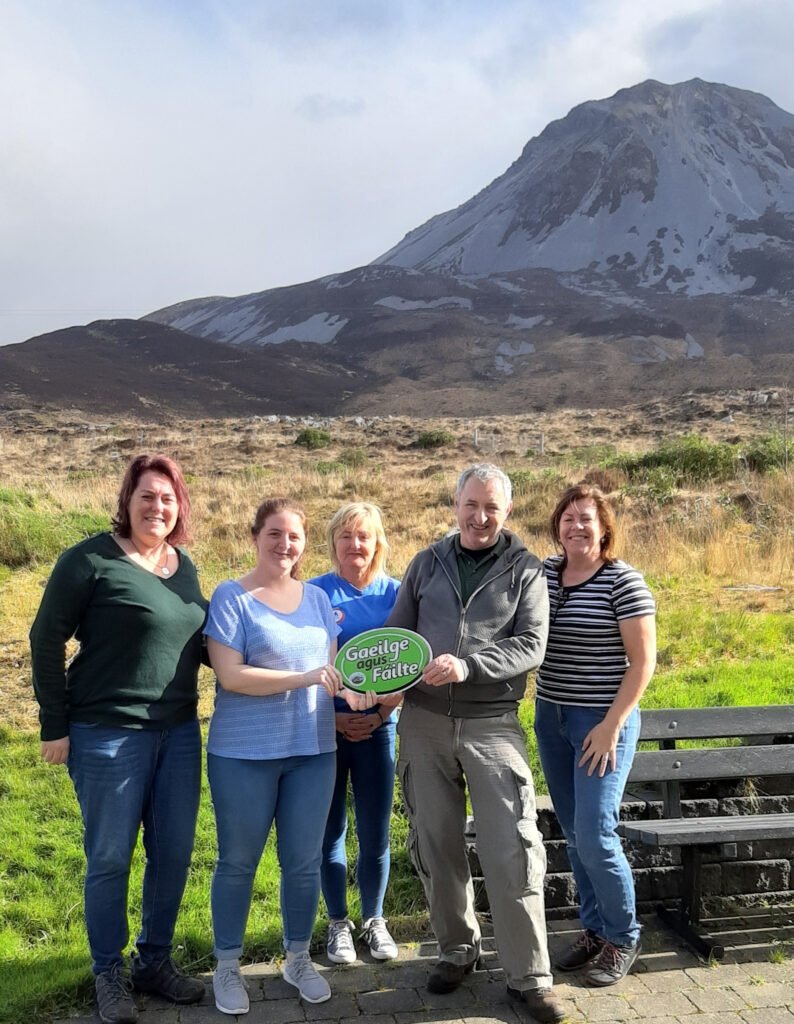
Coimisiún na Gaeltachta
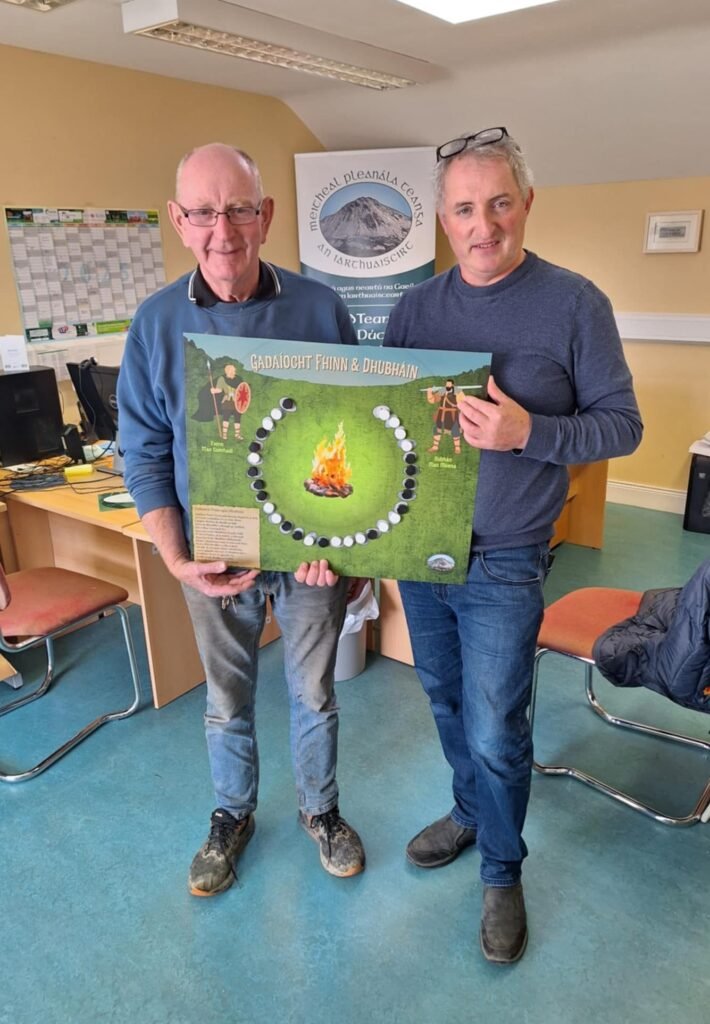
The Irish government established Coimisiún na Gaeltachta (Gaeltacht Commission) to investigate the current standing of the language in the Gaeltacht areas. Its landmark report, published in 2002, emphasised that the Gaeltacht could only survive if Irish remained the community’s daily language. The report highlighted challenges such as emigration, social change, and the growing dominance of English. Coimisiún na Gaeltachta recommended policies in education, media, community development, and language planning. The report led to the Official Languages Equality Bill, a restructuring of Údarás na Gaeltachta and a national strategy for the Irish language. Its work influenced the 2012 Gaeltacht Act, which shifted focus from geographical boundaries to language-use criteria, placing greater responsibility on communities to safeguard Irish.
Dónall Ó Cnáimhsí, Language Planning Officer
Dónall Ó Cnáimhsí, a native Irish speaker from Gaoth Dobhair, was recruited as the Irish Language Planning Officer for his local LPA. He holds a degree in the Irish Language and Literature, and a diploma in Language Planning. Dónall also holds a degree in Amenity Horticulture and was employed for many years as a craft gardener in Gleanveagh National Park County Donegal and in Stranmillis College, Belfast. During his time in Belfast, he was influenced by the growing Irish language movement in the city and he became involved in some of their campaigns.

On returning to live in Co. Donegal, Dónall volunteered with the local community development co-op (‘An Crannóg’), focusing on the promotion of Irish language and culture. Over 300 hundred children register for the music school every autumn at An Crannóg, and some of these kids have gone on to develop professional musician careers. Their parents often proclaim that not only do the kids receive professional level tuition in a range of instruments, but that they also receive a great understanding of our culture and heritage.
Language Planning in Gaoth Dobhair
Dónall’s approach to implementing the language plan for the area was to encourage as many organisations, groups and individuals as possible in the locality, to become involved in implementing certain aspects of the plan. Dónall contends that for a plan to work, the community needed to take ownership of it.
The language plan in Gaoth Dobhair attempts to encompass all aspects of our community as regards strengthening the use and visibility of Irish. These aspects include Family support, Education, Youth work, Adult learners, Businesses, Community groups, Sports clubs, Drama groups and a book club. The language planning committee is also a point of contact for all the Irish language organisations, and they disseminate information within the community and on their social media pages regarding schemes or campaigns that they might need local support with. The committee also regularly lobby government departments for better Irish language services and additional funding. Over the years they have developed a strong support network for all the other language planning officers working throughout the country, and not only in the Gaeltacht.
So, the big question is now, after seven years of implementing these plans in the Gaeltacht areas, is there any tangible proof that they are working? Are these projects reversing or even slowing down the language shift? A more comprehensive analysis is needed. Dónall maintains that while the local communities are engaged in the process, and are happy that they are supported, they also realise that further supports and additional funding are required. Mar a deirtear, ní neart go cur le chéile.
To learn more, watch our recorded Ceardlann (Workshop) with Dónall Ó Cnáimhsí, titled Revitalising the Gaeltacht!
Bígí páirteach!
Join the online Irish community at LetsLearnIrish.com.
Follow on social media @LetsLearnIrish.


